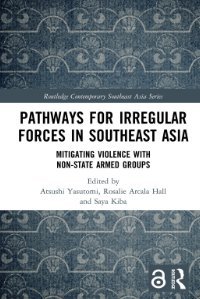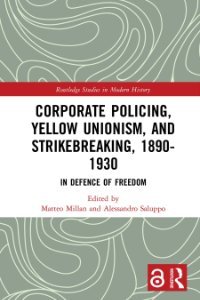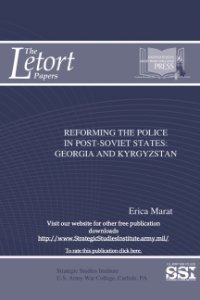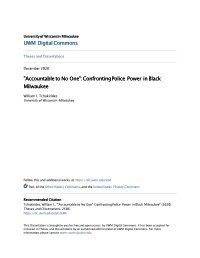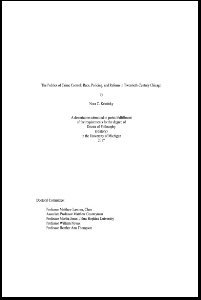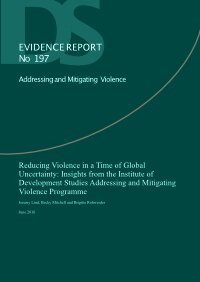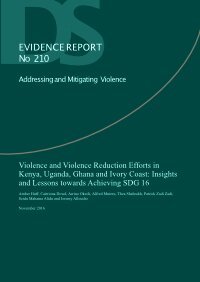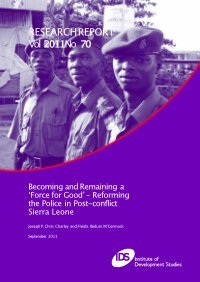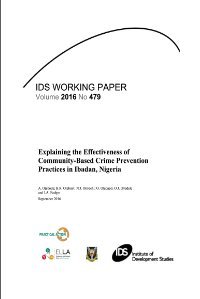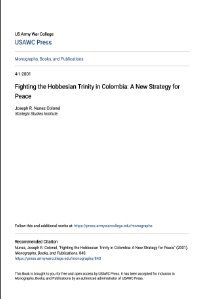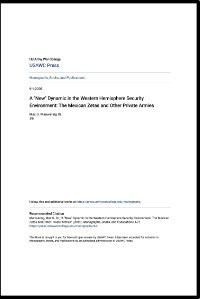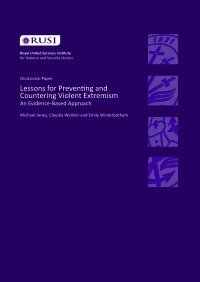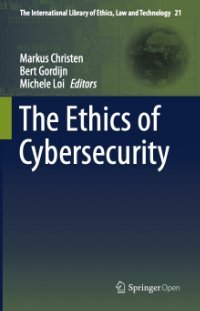By Yngve Carlsson
This paper discusses the role of the Norwegian municipalities in coping with Islamic extremism – compared to how they handled right wing extremism 15-20 years ago. The main questions are: What do the municipalities actually do to prevent radicalization into militant extreme Islam? What is it reasonable to expect that the municipalities can do to prevent such activity? Such questions are highly relevant given the central position of the municipalities in the Nordic welfare states as a provider of many of the welfare services1 , and the role they play in developing vital, attractive and safe communities. It is not surprising that local authorities are expected to deal with this issue. The main argument in this paper is that preventing radicalization into Islamic extremism, dismantling groups and reintegrating individual extremists into the local community through local action, is a far more complex and difficult process compared to how right-wing extremism was handled 15-20 years ago when such groups were active in some Norwegian local communities. It is the intention of this paper to show the complexity of this issue and present some of the challenges and dilemmas that the municipalities have to face. Unless this complexity is understood, it may be difficult to find strategies and measures that can reduce the problem. It is unrealistic to believe that this problem can be completely prevented – at least by actors at the local community level.
Oslo: Center for Research on Extremism, The Extreme Right, Hate Crime and Political Violence, University of Oslo



